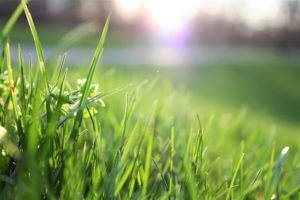Will Tiger Roll attempt to win a third Grand National?
Although perhaps not quite a household name, Tiger Roll requires little or no introduction. For the uninitiated, in 2019 Tiger Roll became the first horse since Red Rum, in 1974, to win back-to-back renewals of the Grand National. The diminutive horse, who stands just 15.2 hands high and was once described as ‘a little rat of a thing’ by owner Michael O’Leary, was denied the chance to complete an unprecedented hat-trick when the Grand National was cancelled, due to the Covid-19 pandemic, in 2020.
In 2021, the Grand National returned, but O’Leary took exception to the handicap mark of 166 awarded to Tiger Roll by British Horseracing Authority (BHA) handicapper, Martin Greenwood, and withdrew his horse several weeks before the race. Nevertheless, Tiger Roll headed to the Cheltenham Festival for what had previously been his preparatory race for the Grand National, the Glenfarclas Cross Country Chase. He won, easily, reversing previous form with 2020 winner, Easyland, to the tune of 35 lengths, leaving O’Leary keen on the idea of a return to Aintree for the Grand National in 2022. He said, ‘Red Rum was dropped 7lb as a 12-year-old. Hopefully, Tiger will get the chance to go back to Aintree.’At the time of writing, Tiger Roll is a top-priced 33/1 to emulate Red Rum and win his third Grand National in five years.
 The average thoroughbred racehorse weighs in at around 1,100lb and, ideally, should consume about 2.5% of its own body weight, or approximately two stone of foodstuff, every day to maintain its optimum weight. Racehorses can be considered elite athletes and, as such, require a diet high in fat, fibre, protein and starch to keep them healthy and performing to the best of their ability. In addition, they must supplement their calorie intake with plenty of clear, fresh water, typically between five and ten gallons, every day.
The average thoroughbred racehorse weighs in at around 1,100lb and, ideally, should consume about 2.5% of its own body weight, or approximately two stone of foodstuff, every day to maintain its optimum weight. Racehorses can be considered elite athletes and, as such, require a diet high in fat, fibre, protein and starch to keep them healthy and performing to the best of their ability. In addition, they must supplement their calorie intake with plenty of clear, fresh water, typically between five and ten gallons, every day.